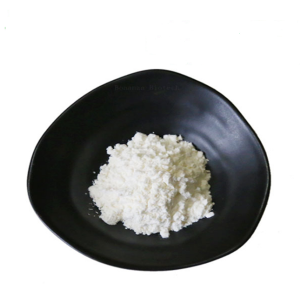Ferulic acid is widely used in cosmetics due to its excellent efficacy. The chemical name of ferulic acid is 4-hydroxy-3-methoxybenzoic acid. Its structure is a derivative of cinnamic acid, which is essentially a plant phenolic acid. In daily life, ferulic acid is present in foods such as pasta, cereal, popcorn, and even traditional Chinese medicines such as Angelica sinensis, Ligusticum chuanxiong, and Cimicifuga.
Initially in the cosmetics industry, ferulic acid was used as a stabilizer for some antioxidant components such as vitamin C and vitamin E. However, research has shown that it can not only assist formulas, but also possess antioxidant properties, providing support for the intracellular antioxidant defense system.
In subsequent studies, it was found that ferulic acid not only inhibits reactive oxygen species, scavenges free radicals, and inhibits lipid peroxidation, but also chelates protonated metal ions (such as Cu (II) or Fe (II)) and inhibits enzyme activity related to free radicals.
Ferulic acid in cosmetics can also be used as a whitening and skin photoprotector. The structure of natural whitening raw materials tetrahydrocurcumin and ferulic acid is very similar. The combination of the two ferulic acids forms tetrahydrocurcumin, and both can inhibit tyrosinase.
In summary, in the application of cosmetics, ferulic acid can not only assist other antioxidants, but also fight against free radicals and light damage. Its widespread application reflects the scientific nature of cosmetic compounding.
Post time: Apr-17-2024

-300x300.jpg)